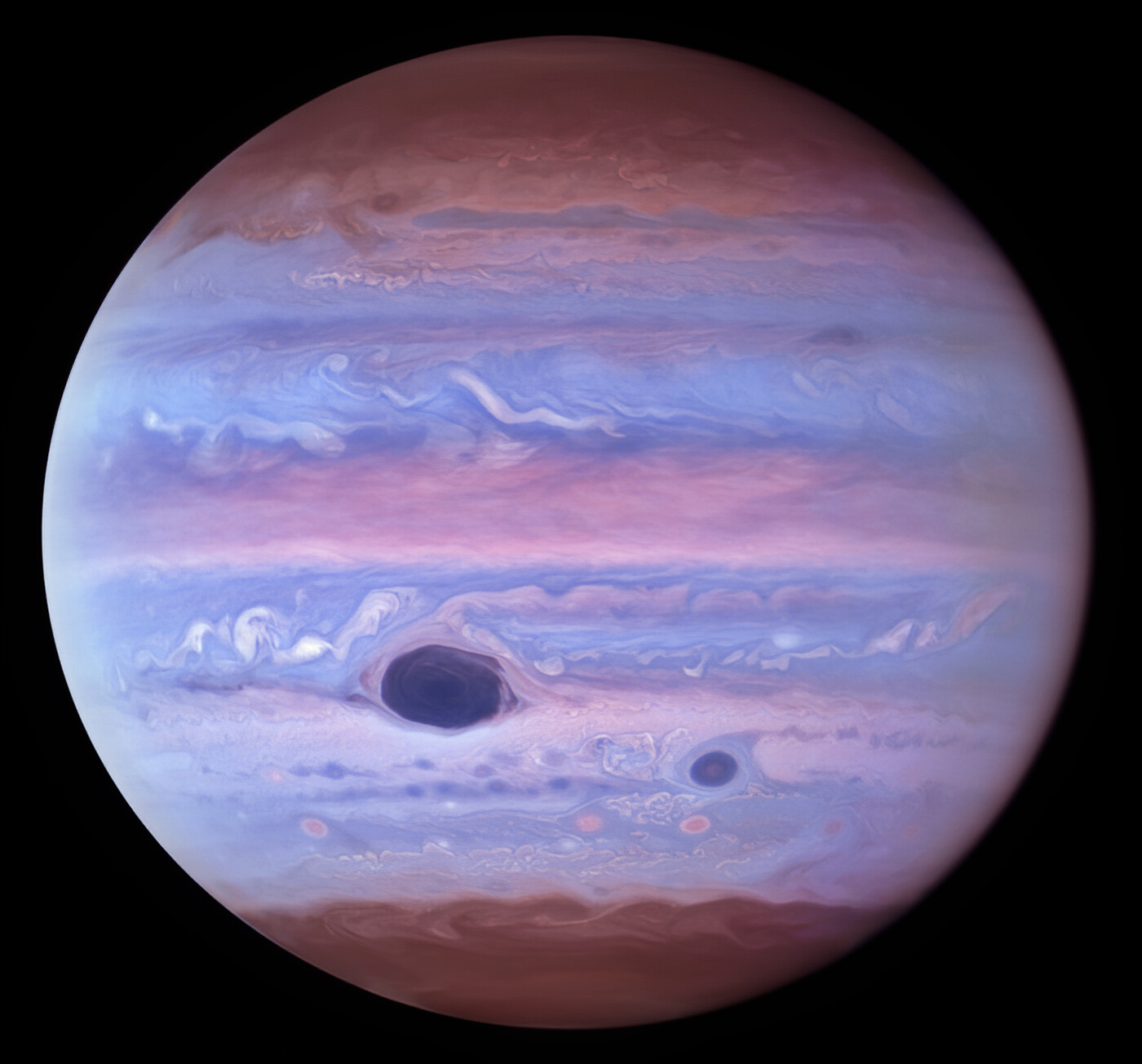Stunning Portrait of Jupiter and its Galilean Moons Captured through JunoCam Images and Expert ‘Citizen-Scientist’ Processing
In a stunning display of celestial beauty, NASA’s Juno orbiter has captured a colourful family portrait of Jupiter and three of its Galilean moons. These mesmerizing images were taken by the spacecraft’s JunoCam instrument and were skillfully processed by two talented “citizen scientists” – Kevin Gill and Thomas Thomopoulos.
The family portrait showcases the majestic gas giant Jupiter on the far right, accompanied by its three captivating moons – Ganymede, Europa, and Io. Kevin Gill’s expertise produced the vibrant images of Jupiter, Ganymede, and Europa, while Thomas Thomopoulos skillfully processed an image of the volcanic moon Io.
The Juno orbiter, launched in August 2011, has been tirelessly orbiting Jupiter since July 2016. During its journey, the spacecraft has collected an abundance of valuable data. The JunoCam imager is one such instrument that has played a significant role in unraveling the secrets of Jupiter’s mesmerizing atmosphere.
One of the unique aspects of Juno’s mission is its commitment to public engagement. The spacecraft’s JunoCam imager data is made available to the public for processing and sharing. This approach has opened up a world of opportunities for citizen scientists like Kevin Gill and Thomas Thomopoulos to contribute their artistic skills and scientific curiosity to the mission.
Gill’s images capture the awe-inspiring beauty of Jupiter, with its swirling bands of gaseous clouds and iconic Great Red Spot. Ganymede, the largest moon in our solar system, is depicted on the far left of the family portrait. Its icy surface shines brightly against the backdrop of Jupiter, offering a glimpse into the mysteries that lie beneath.
Europa, another intriguing moon in the frame, showcases its icy surface with intricate patterns that hint at a subsurface ocean. Scientists believe that Europa’s ocean may harbor the ingredients necessary for life, making it a prime target for future exploration.
On the other end of the spectrum lies Io, the most volcanically active body in our solar system. Thomopoulos’ image captures Io’s dynamic surface, adorned with erupting volcanoes and colorful plumes. This moon’s intense volcanic activity is a testament to the powerful gravitational forces exerted by Jupiter and its other moons.
The family portrait of Jupiter and its moons serves as a reminder of the beauty and diversity that exists within our vast universe. These images not only captivate our imaginations but also offer valuable insights into the complex dynamics of Jupiter and its moons.
As Juno continues its mission, exploring Jupiter’s atmosphere and unraveling its mysteries, citizen scientists around the world eagerly await the opportunity to contribute their perspectives and artistic talents. With each new image, Juno brings us closer to understanding the enigmatic gas giant and its captivating family of moons.
In the spirit of collaboration and open science, NASA’s Juno mission stands as a shining example of how the boundaries between professional scientists and enthusiastic amateurs can blur. Together, we embark on a journey of discovery, marveling at the wonders of our universe and pushing the boundaries of human knowledge.
